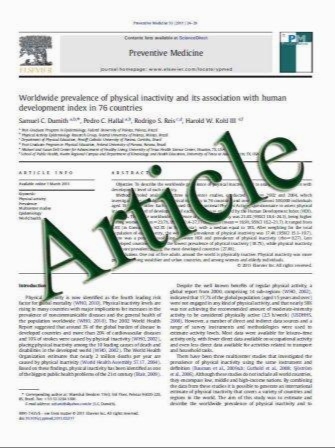Adhesion of conventional and simplified resin-based luting cements to superficial and deep dentin
- نوع فایل : کتاب
- زبان : انگلیسی
- مؤلف : Mutlu ضzcan & Ayse Mese
- چاپ و سال / کشور: 2011
Description
This study evaluated the bond strengths of conventional (chemically and dual-polymerized) and simplified resin-based luting cements with their corresponding adhesives to superficial dentin (SD) and deep dentin (DD). Recently extracted third molars (N=70, n=10 per group) were obtained and prepared for testing procedures. After using their corresponding etchants, primers, and/or adhesive systems, the conventional and simplified cements (Variolink II [group A, conventional], Bifix QM [group B, conventional], Panavia F2.0 [group C, conventional], Multilink Automix [group D, simplified], Superbond C&B [group E, conventional], Clearfil Esthetic Cement [group F, simplified], Ketac-Fil [group G, conventional]) were adhered incrementally onto the dentin surfaces using polyethylene molds (inner diameter 3.5 mm, height 5 mm) and polymerized accordingly. Resin-modified glass-ionomer cement (RMGIC) acted as the control material. Shear bond strengths (1 mm/min) were determined after 500 times of thermocycling. Kruskal.Wallis and Mann.Whitney tests were used to analyze the data (ƒ؟=0.05). Bond strength (MPa) results were significantly affected by the cement types and their corresponding adhesive systems (p.0.05). The shear bond strengths (MPa پ} SD) for groups A.G were 14.6پ}3.8, 18.9پ}3.9, 5.5پ}4.5, 3.1پ}3.6, 1.1پ}2.5, 15.5پ}2.6, 7پ}4.3 and 7.1پ}5.8, 15.1پ}7.8, 8.4پ}7.3, 7.5پ}7.3, 4.9پ}5.1, 12.5پ}2.1, 6پ}2.6 for SD and DD, respectively. The level of dentin depth did not decrease the bond strength significantly (p>0.05) for all cements, except for Variolink II (p<0.05). On the SD, bond strength of resin cements with پgetch-and-rinseپh adhesive systems (Variolink II, Bifix QM, Super-Bond C&B) showed similar results being higher than those of the simplified ones. Simplified cements and RMGIC as control material showed inferior adhesion to superficial and deep dentin compared to conventional resin cements tested.
Clin Oral Invest DOI 10.1007/s00784-011-0594-z Received: 30 August 2010 / Accepted: 7 July 2011


